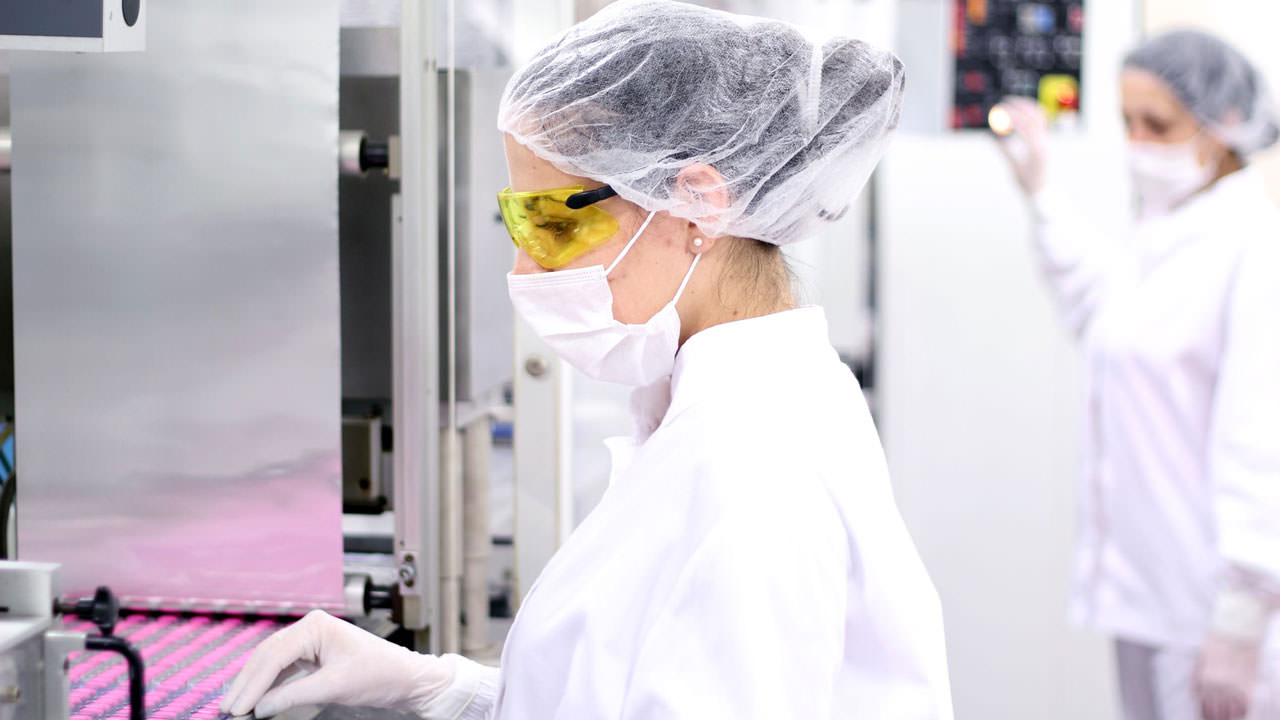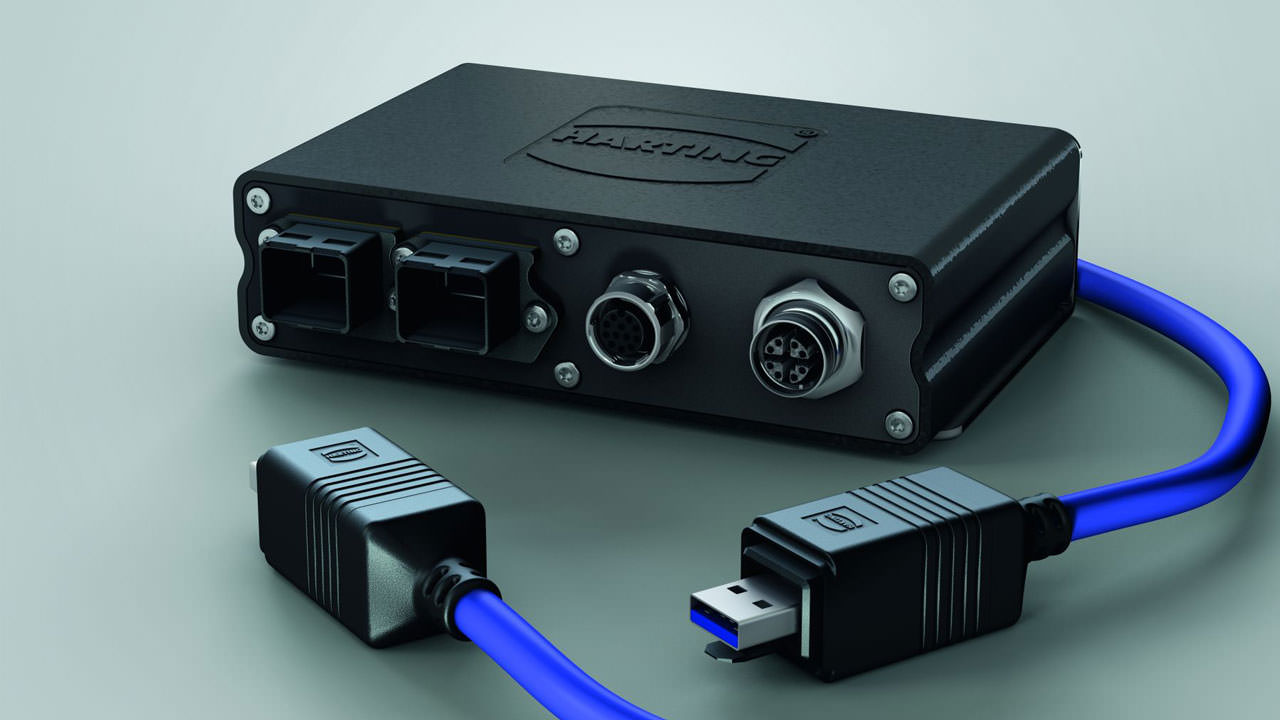ApplicationsJuly 10, 2018
RFID data solution retrofit for tablet press machines

Industry 4.0 machine predictive maintenance improves pharmaceutical productivity. For manufacturing tablets using automated presses and punch tools, data collected using passive UHF RFID “on metal” transponders is used to retrofit existing tablet press machines.
Valuable manufacturing production line downtime in the pharmaceutical industry can be reduced by ensuring predictive maintenance of tablet making machinery using a new industrial computing platform and open system software.
Industrial edge computing
HARTING recently challenged postgraduate students from the Centre for Doctoral Training in Embedded Intelligence at Loughborough University to investigate practical application solutions for the company’s open platform-based industrial edge computing device.
Simple seamless integration within existing established production processes was the target, based on the concept of machine predictive maintenance. The key objective was to achieve immediate productivity improvements and return on investment, satisfying the trend for Integrated Industry 4.0 implementation on the factory floor.
One such proposal was suggested for volume manufacturers in the pharmaceutical industry and, more specifically, companies manufacturing tablets using automated presses and punch tools. Data can be collected using passive UHF RFID “on metal” transponders which can be retrofitted to existing tablet press machines and mounted on the actual press-die/punch tools.
The RFID read and write tags can record the pressing process, i.e. the number of operations performed by a particular press die, plus any other critical operating sensor-monitored conditions. The system can then review that data against expected normal end-of-life projected limits set for that die.
Such data can be managed and processed through the MICA edge computing device, which can then automatically alert the machine operator that maintenance needs to take place to replace a particular die-set before it creates a catastrophic tool failure condition and breakdown in the production line which, unfortunately, is still quite a common occurrence.

HARTING’s MICA Embedded Edge Computer With A USB Function Board
Open system software
MICA is easy to use, with a touch-optimised interface for end users and administrators implemented entirely in HTML5 and JavaScript. It provides an open system software environment that allows developers from both the production and IT worlds to quickly implement and customise projects without any special tools. Applications are executed in their own Linux-based containers, which contain all the necessary libraries and drivers.
This means that package dependencies and incompatibilities are eliminated. In addition, such containers run in individual “sandboxes” which isolate and secure different applications from one another with their own separate log-in and IP addresses. As a result, there should be no concerns over data security when MICA is allowed access to a higher-level production ERP network.
MICA is already offered with a number of containers such as Java, Python C/C++, OPC-UA, databases and web toolkits, all available on free download via the HARTING web site. As a result, users should be able to download links to the operating software system compatible with an existing machine, enabling full two-way communication with the device.
Relaying such manufacturing information, which can comprise many gigabytes of data in the course of a day, directly to the ERP would normally overwhelm both the network and the ERP. With MICA, the data stream is buffered directly onto the machine and can be reduced to just essential business-critical data using proven tools from the IT world.
The resultant improvements in productivity realized by the system include less downtime by reducing the amount of money lost during unforeseen maintenance of damaged punch tools. Individual punch identification also helps in removing a specific punch, once it has reached its pre-set operational frequency working limit.
A digital log of each punch and the number of tablets that it has produced is recorded. This provides vital information for GMP (Good Manufacturing Practice) regulators such as the MHRA (Medicines & Healthcare products Regulatory Agency) or the FDA (Food & Drug Administration).
An additional benefit is that the system is very compact, with DIN rail mounting fixing options that allow it to be easily accommodated inside a machine’s main control cabinet.

